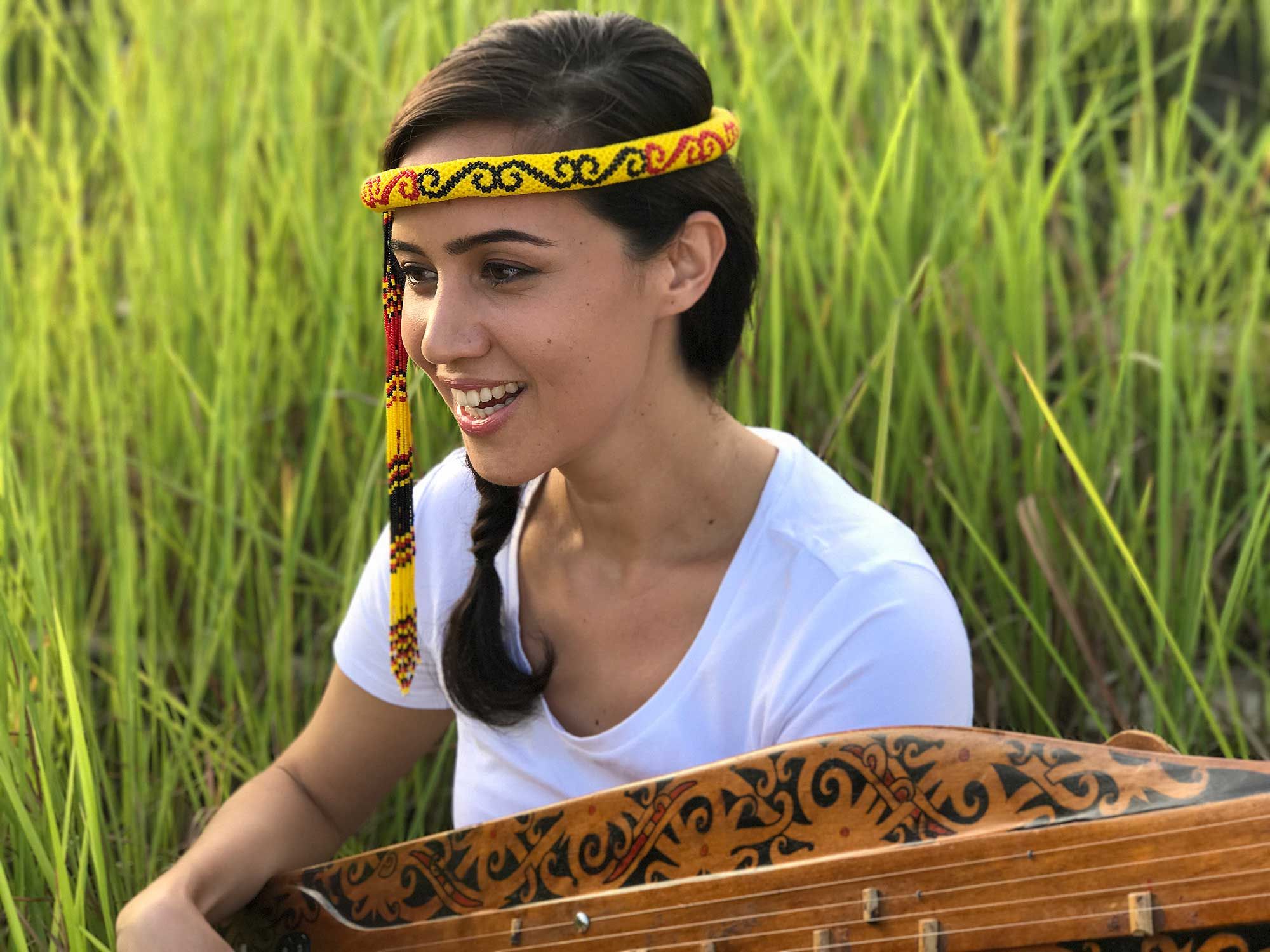
What made you choose the sape?
My cousins and I learnt to ngarang (dance) since the age of six. We picked up sape at age twelve because we wanted to be able to play sape whilst some other cousins danced. Though mainly a Kenyah instrument, Kelabits adopted sape' music and it is part of our heritage.
Read also: Alena Murang: Musical Escapades From Kuching to Kuala Lumpur
You overcame a taboo to play the sape and sing old Kelabit songs, what are your thoughts on taboos and glass ceilings that are in the way of our younger generation nowadays? What tips would you give them on forging ahead with their path when faced with adversity?
It was a taboo for girls to play sape because it was used in old healing rituals and the healers were men. When the community embraced Christianity in 1930s - 1970s, the taboos were no longer relevant, as were some of the healing songs.
I would say that when confronted with a taboo, understand why it is/ was a taboo and what it might mean for you to break that. Have conversations about it with the community and your peers. Young generations are cultural vessels so we also should play an active role in making such decisions. Of course, I was very young when I started to learn these songs and play sape, at the time I was guided by my parents, aunties and Mathew Ngau, my sape' master.



